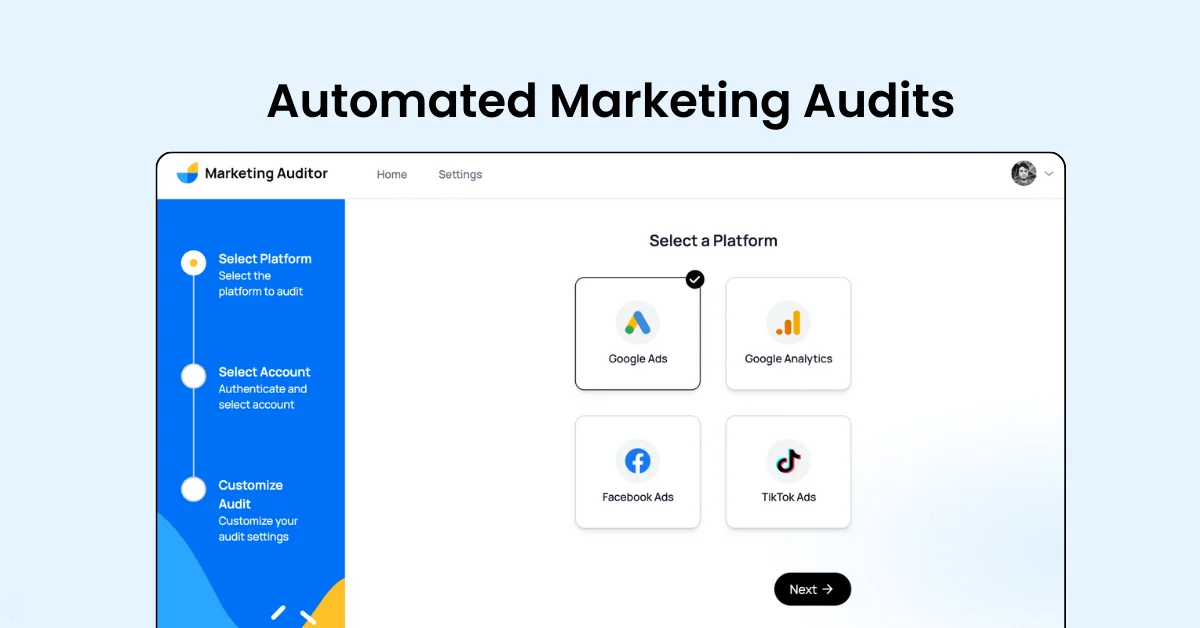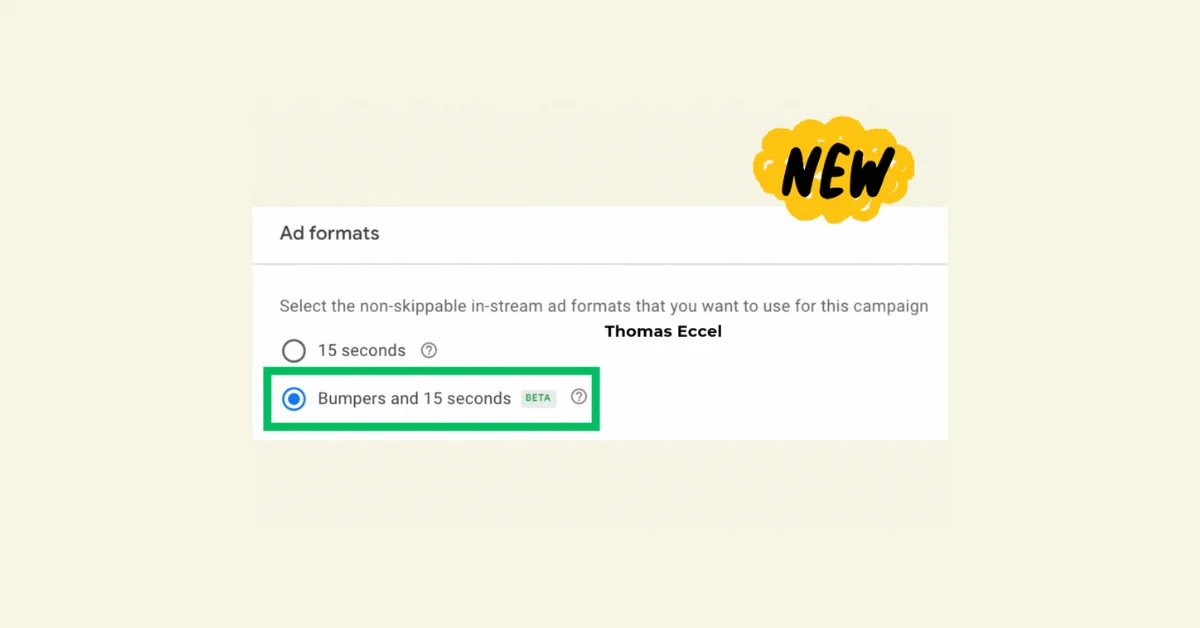YouTube, the world's leading video-sharing platform, has begun rolling out a new advertising format for TV viewers. This latest update introduces ads that appear when users pause videos on their television screens, marking a significant shift in how ads are delivered on the platform.
Key Points of the Update:
Pause Ad Format: Ads now appear on screen when a video is paused on TV.
Announcement Timeline: Google initially announced this feature in May 2024, with no specific rollout date.
Current Implementation: The feature is now being observed by some users, indicating the beginning of a phased rollout.
User Interface: When a video is paused, it shrinks to a smaller block, with the ad displayed on the right side of the screen.
User Control: A "dismiss" button and an information button are provided below the ad.
Limited Advertiser Pool: Currently, Dunkin' Donuts appears to be the primary advertiser featured in these pause ads.
Implications for Users and Advertisers:
Viewer Experience: This new format could potentially interrupt the viewing experience for some users, especially those accustomed to ad-free pauses.
Advertising Opportunities: Advertisers gain a new touchpoint to reach viewers, potentially increasing engagement during moments when users are already taking a break from content.
Revenue Generation: For YouTube, this represents a new avenue for monetization, potentially increasing ad revenue from TV viewers.
Evolving Ad Landscape: This update signifies YouTube's ongoing efforts to innovate in the digital advertising space, adapting to changing viewer behaviors.
As this feature is in its early stages of rollout, user reception and its impact on viewing habits remain to be seen. YouTube will likely monitor the performance and user feedback of this new ad format closely to refine and optimize its implementation.
For advertisers, this presents a fresh opportunity to capture attention in a relatively uncluttered space. However, the effectiveness of these pause ads and their acceptance by viewers will be crucial factors in determining their long-term viability and adoption.











